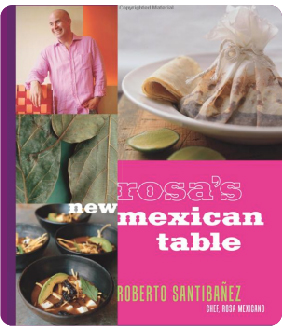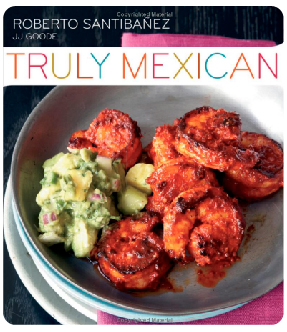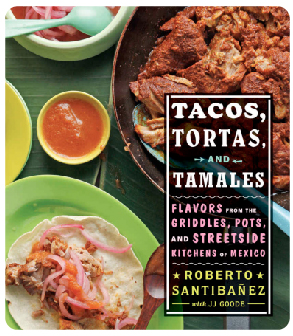






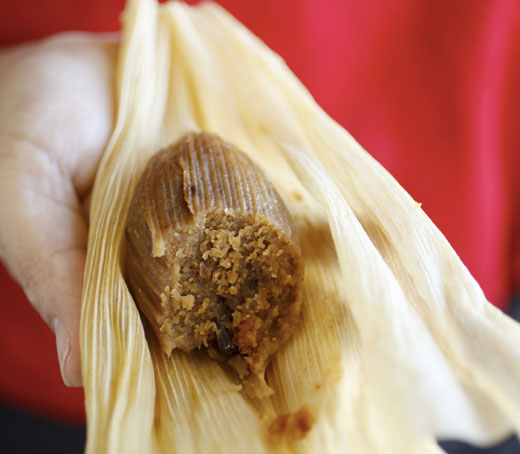
Stone Tamales
These unusual sweet tamales from Mexico’s Gulf Coast, flavored with anise and studded with raisins, were a specialty of my grandmother, one of the three varieties of corn-husk-wrapped treats that she’d make for us when I was little.
From the Nahuatl word tetl, meaning “stone,” their name refers to their shape (less oblong than round) and their deep brown color. Like that of any fine European cake, the secret to their deliciousness is sugar and fat, in this case, piloncillo and a combination of lard and chales (the crunchy bits left after cooking carnitas). They’re rich and wonderful.
Read more

Stone Tamales
These unusual sweet tamales from Mexico’s Gulf Coast, flavored with anise and studded with raisins, were a specialty of my grandmother, one of the three varieties of corn-husk-wrapped treats that she’d make for us when I was little.
From the Nahuatl word tetl, meaning “stone,” their name refers to their shape (less oblong than round) and their deep brown color. Like that of any fine European cake, the secret to their deliciousness is sugar and fat, in this case, piloncillo and a combination of lard and chales (the crunchy bits left after cooking carnitas). They’re rich and wonderful.
Read more
Tongue tacos
Beloved in Mexico, a country also in love with ears, snouts, and feet, tongue is often avoided in the U.S. Yet I urge you to try it slowly simmered then crisped on a griddle, because its impossibly tender texture and big beefy flavor have converted many a reluctant tacoeater.
The tongue is just as good simmered a day or two before you plan to serve it.Read more
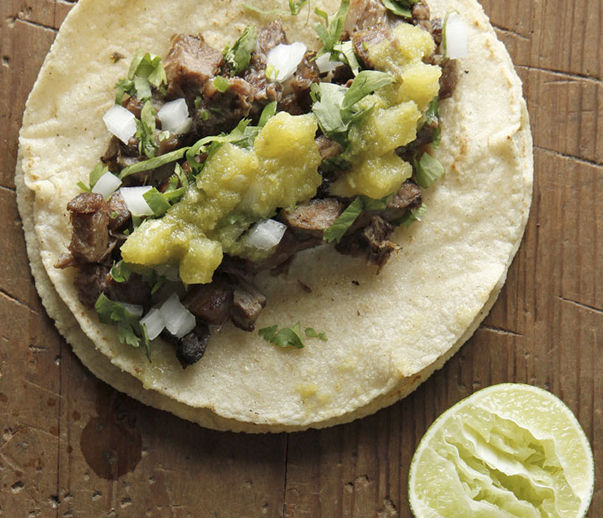

Tongue Tacos
Beloved in Mexico, a country also in love with ears, snouts, and feet, tongue is often avoided in the U.S. Yet I urge you to try it slowly simmered then crisped on a griddle, because its impossibly tender texture and big beefy flavor have converted many a reluctant tacoeater.
The tongue is just as good simmered a day or two before you plan to serve it.Read more
mexican table
“This gorgeous book, may well do for Mexican cooking what Julia Child did for French cooking.”
– Kirkus Reviews –
and tamales
“Santibañez opens the door to a rich world of flavors and ingredients”
– The New York Times –


